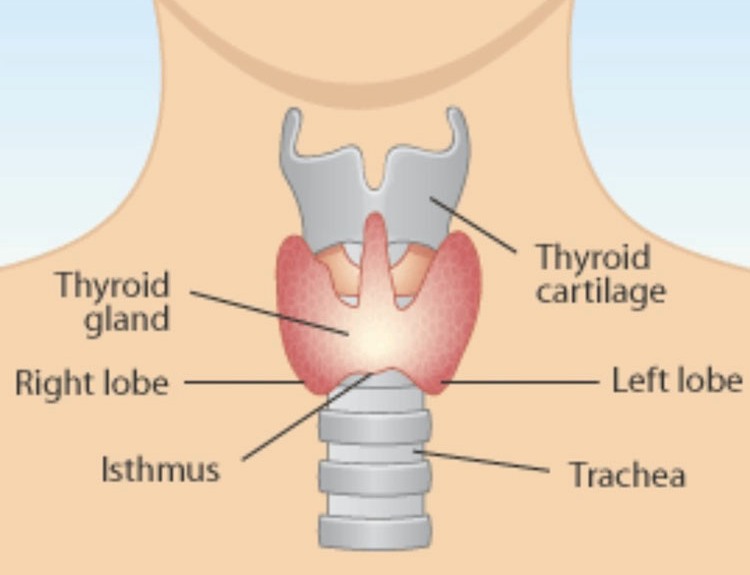
Just as the months of February and March draw near, parents and students both start getting jitters with the onset of examinations. Students spend all their energy and attention towards their studies. Exams are on and it is not just children who are under stress but parents alike.
At times like this, what you eat can make a huge difference in how children and parents deal with the stress. A good diet can significantly reduce stress levels, irritability and promote calmness. Thus, it becomes, even more, important for parents to give them a healthy and wholesome diet which in turn will boost their energy as well as their mental capacity.
Here is a list of foods proven to help in relieving exam stress and giving the much needed increased attention span:
- Green vegetables:
Boring and usual as it may sound, all green vegetables have a lot of iron, which helps in increasing memory with the help of increased neurotransmitter flow. Also, high levels of antioxidants keep your child’s brain sharper.
- Blue-black-red fruits:
Blackberries, black grapes, blueberries, plums, pomegranate and other fruits black-blue-red in color have high concentrations of antioxidants, vitamins and plant compounds called as phytochemicals which control and inhibit the action of various free radicals which can damage the brain.
- Dry fruits and seeds:
Walnuts, almonds, cashew nuts, flax seeds, pumpkin seeds, peanut butter, and hazelnuts are all super rich in vitamin-E. All these keep brain and eyes healthy and stress-free! So include loads of these in their daily diet in raw form, honey coated nuts, in shakes, and salads.
- Green Beans and pulses:
Green beans, broad beans, black beans, whole green lentils in sprouted form, soups or stews help in providing regular glucose supply to the brain. As brain can’t store energy for later use like some other organs, it needs continuous supply from glucose. All green beans, lentils help in providing the same.
- Strawberries!
Wow!so this is one berry that all kids love. So why not include this in their diet in the form of fruit salads, shakes, and smoothies! These contain compounds called as polyphenolics which reduce oxidative stress on body and brain, repair cell damage and refreshes at the same time!
- Soya
Active compounds like peptides in soybean considerably improve stress hormone unbalance, brain circulation and energy metabolism. A study has found high levels of estrogen in soy, which helps in mental alertness. So do add up good amounts of tofu, and soya products in your kid’s diets.
- Dark Chocolate:
Believe it or not, this is 100% true. Eating dark chocolate which is over 70% cocoa fights the stress hormone cortisol and has an overall relaxing effect on the body. Plus chocolate releases endorphins which act as a natural stress fighter. So, kids, this is good news, but remember not to go overboard with this one!
- Whole grains:
Choose whole grains such as oats, barley, brown rice, whole wheat and Quinoa, sprouted grains and wheat germ to ensure adequate intake of vitamin B and zinc. B Vitamins and zinc are needed for the proper functioning of the central nervous system. It improves concentration, memory, balance and relieves irritability.
- Probiotics:
Yogurt, fermented foods like rice cakes, rice pancakes, and other probiotic foods and drinks are easy to digest, low in fat and high in beneficial gut bacteria, which help in enhancing brain receptors. Also fermented foods are rich in vitamin B-12, excellent for boosting immunity.
Some more pointers:
- Outside eating is a strict NO-NO- stress levels are high and immune system is weak, so avoiding outside food is the safest bet to avoid infections.
- Don’t go overboard on caffeine. Caffeine can make you feel anxious, which can contribute to feelings of stress and anxiety. Have a cup of coffee or tea, but don’t go overboard. Experts recommend getting no more than 400mg of caffeine per day for adults. Kids and teens should limit themselves to about 100mg per day (one cup of coffee). If you have had an excess of coffee or tea, try having lemon water for neutralizing effect.
- Take frequent breaks. The average human brain can only focus on one task effectively for about 45 minutes. In addition, research in neuroscience suggests that focusing on the same thing for too long diminishes the brain’s ability to accurately process it. So take a break every hour and take a walk, listen to music, stretch and relax.
- Stay hydrated.Be sure to drink plenty of water. Aim for at least 3 liters of water per day. Not drinking enough water can make you feel sluggish and stressed. Add coconut water, buttermilk, apple-beetroot juice, sweet lime juice, and lemon water for a change.
- A cup of herbal tea can help you feel more relaxed and stay hydrated. Peppermint, chamomile, and green tea are safest and most effective.
- Exercise regularly. Aerobic exercise can relieve stress, so if you find yourself a nervous wreck before an exam, go for a run, do some yoga or hit the gym.
- Get enough sleep.Not getting a full night’s rest can contribute to feelings of fatigue, stress, and anxiety. Rest well, maintain a regular wake up and sleep time, read a book before sleeping and make your sleep environment calm and quiet.
- Eat a proper exam day breakfast.Without a proper breakfast, your energy levels will quickly crash and may lead to stress, anxiety, and fatigue. Be sure to have a healthy, energy packed breakfast on exam day. Try eating foods that provide long lasting energy, such as eggs or oats. Avoid foods that are high in sugar, which will give temporary energy but may cause you to crash mid-exam
- Remember to breathe.With your eyes closed, take three large breaths, then pause, exhale, and repeat the process. Large, deliberate breaths not only help relax the body but also increases the flow of oxygen to the brain. Use this technique both before the test and during difficult exams.






